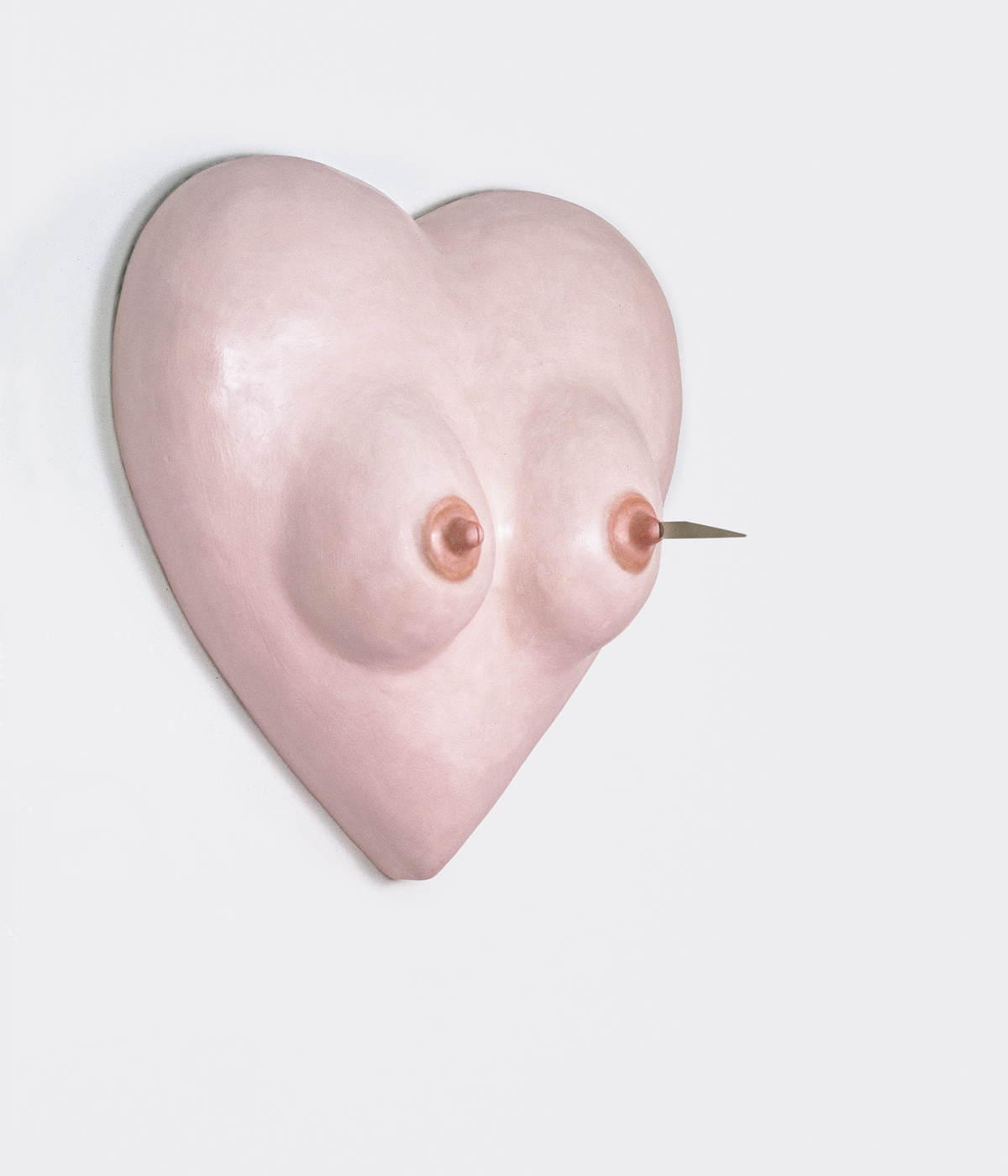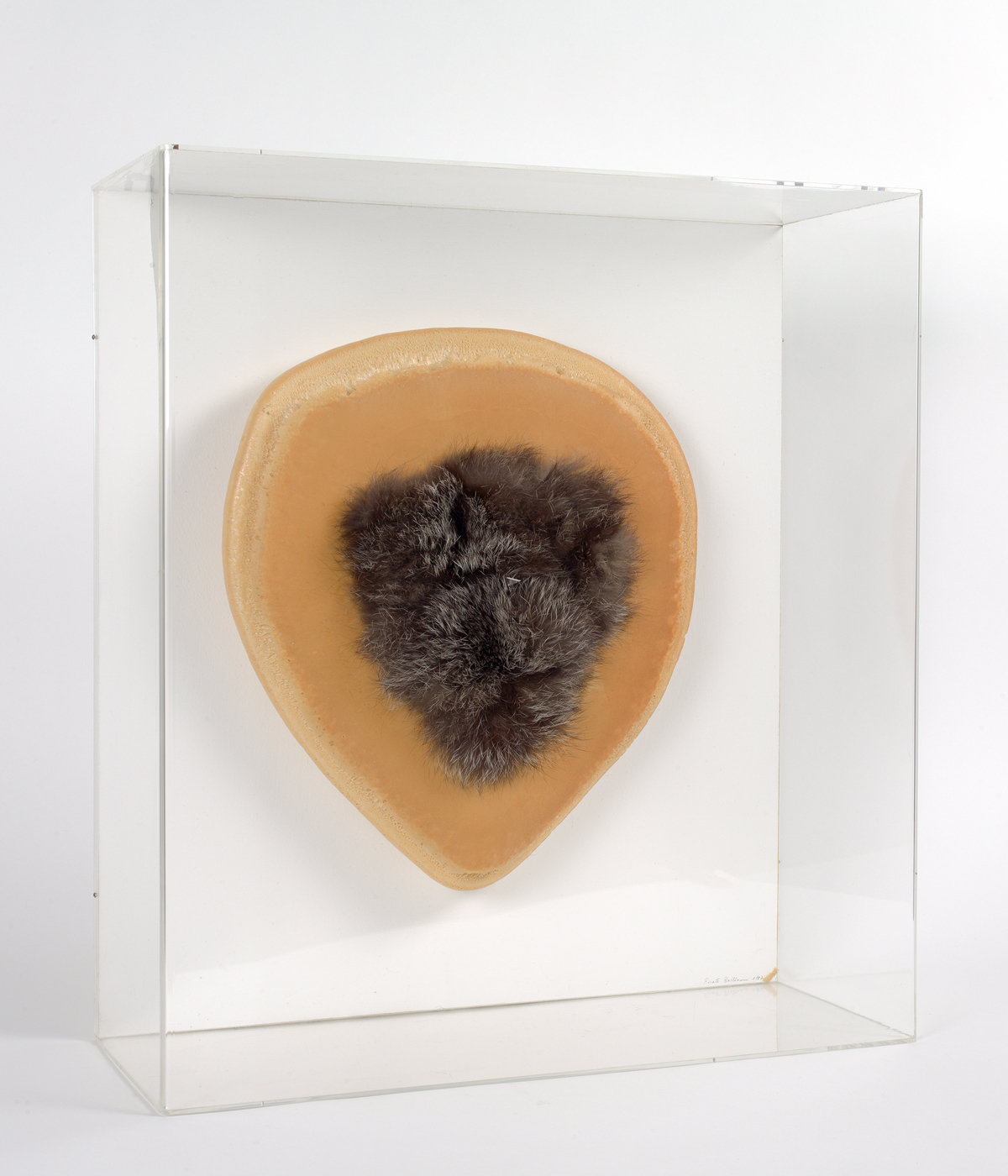
How can surrealism be reimagined as feminist resistance? This is the question that drives ‘The Traumatic Surreal’ at the Henry Moore Institute, an exhibition that unpacks the generational trauma left by Nazism for postwar women. Drawing on co-curator Patricia Allmer’s book of the same name, it features work by Germanophone artists who use surrealist sculptural traditions to challenge the Nazi credo of Kinder, Kirche, Küche (Children, Church, Kitchen). Under a regime that enforced women’s subjugation to domesticity, cages – both literal and figurative – severed tails, blades, feathers, and hair recur throughout.

Coinciding with the centenary of the Surrealist Manifesto, ‘The Traumatic Surreal’ also critiques the sexist leanings of surrealist art: eroticising women and infantilising them, too. In 1924, poet André Breton lamented the formal constraints of realism and rationality, urging artists and writers to explore dreams, hallucinations, and unfiltered thought instead. The resulting art gave us mirage-like landscapes and dripping clocks, elevating figures like Salvador Dalí and René Magritte to household names. But even ostensibly ‘radical’ surrealists were no less prone to violent depictions of the female body – think of Hans Bellmer’s dismembered dolls and Helmut Newton’s sadist images.
Taking this as their cue, the artists featured here reappropriate the movement’s shock tactics of fragmenting femininity into eroticised part-objects – lips, feet, and hands. Take, for instance, Renate Bertlmann’s Carmen - enfant terrible (2001): a bright red fabric and Perspex sculpture complete with a pink Godemiche dildo. Looking at Ex Voto (1985) – a pair of heart-shaped breasts – head-on, this view conceals a blade protruding from the nipple. The kitsch quality of Bertlmann’s sculptures is also echoed by Ursula’s Pandora’s Large Cabinet (1966), a carnivalesque display of colour and furs from a coat that belonged to the artist’s mother.

Early surrealist objects often juxtaposed pieces associated with femininity, such as domestic items (irons, spoons), or clothing (shoes, gloves). Combining these objects and obfuscating them of their original meaning, it’s this process of ‘collocation’ that is key for Allmer. Meret Oppenheim’s severed squirrel tail in the beer glass contrasts the soft femininity of the fur with the firm masculinity of the glass. Elsewhere, Eva Wipf’s gilded shrine gestures to her own Catholic heritage, filled with allusions to Klimt’s Tree of Life and several pilgrimage shrines.
A fitting opener to the show, Bady Minck’s dark, avant-garde short film, La belle est la bête (2005), begins with a shot of a furry tongue. Like fascism’s eroticised fantasies of women, fascism’s fetishisation of animal qualities are likewise rooted in ideas of power and submission. Collectively these sculptures, with their raw and monstrous femininity, show the transgressive power of art – and surrealism – as a dialectic for bodily freedom. Here, the monster isn’t just something to fear; it’s a way to challenge taboos about the body, turning disruption and undoing into a creative act. As Allmer points out, feminist protests in Germany have always been, at their core, acts of resistance against fascism.
‘The Traumatic Surreal’ is at the Henry Moore Institute, Leeds, until 16 March 2025









